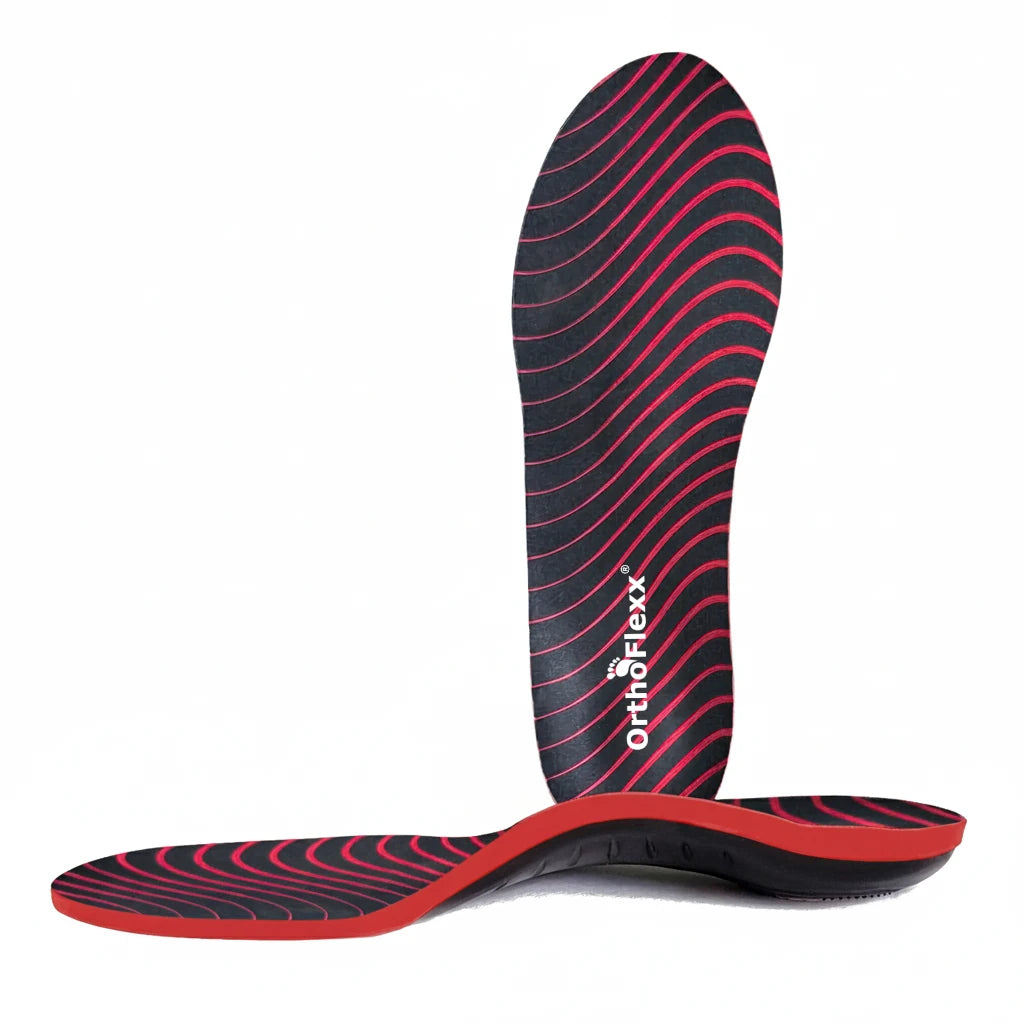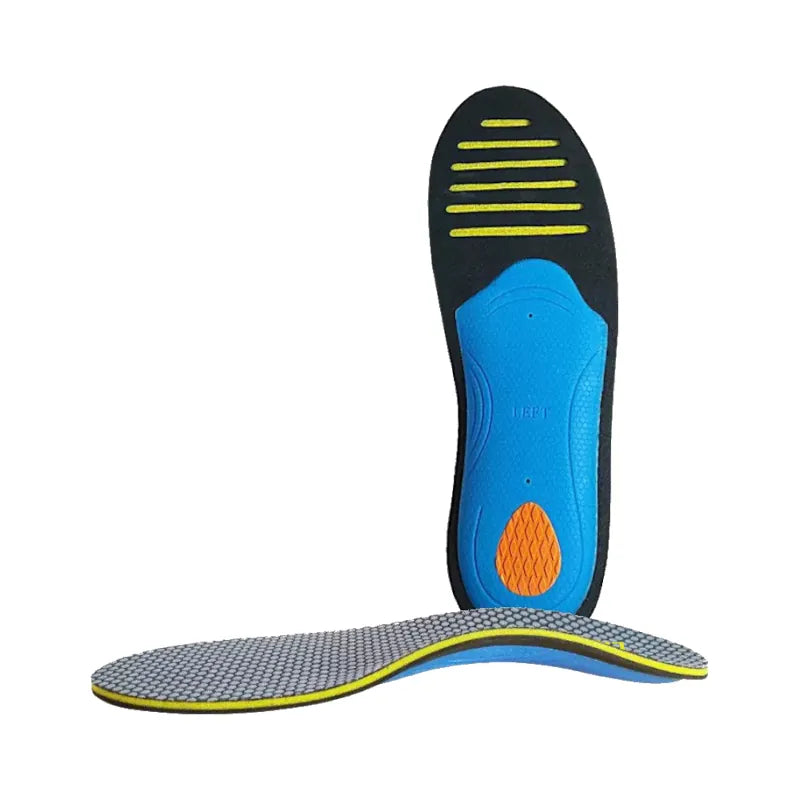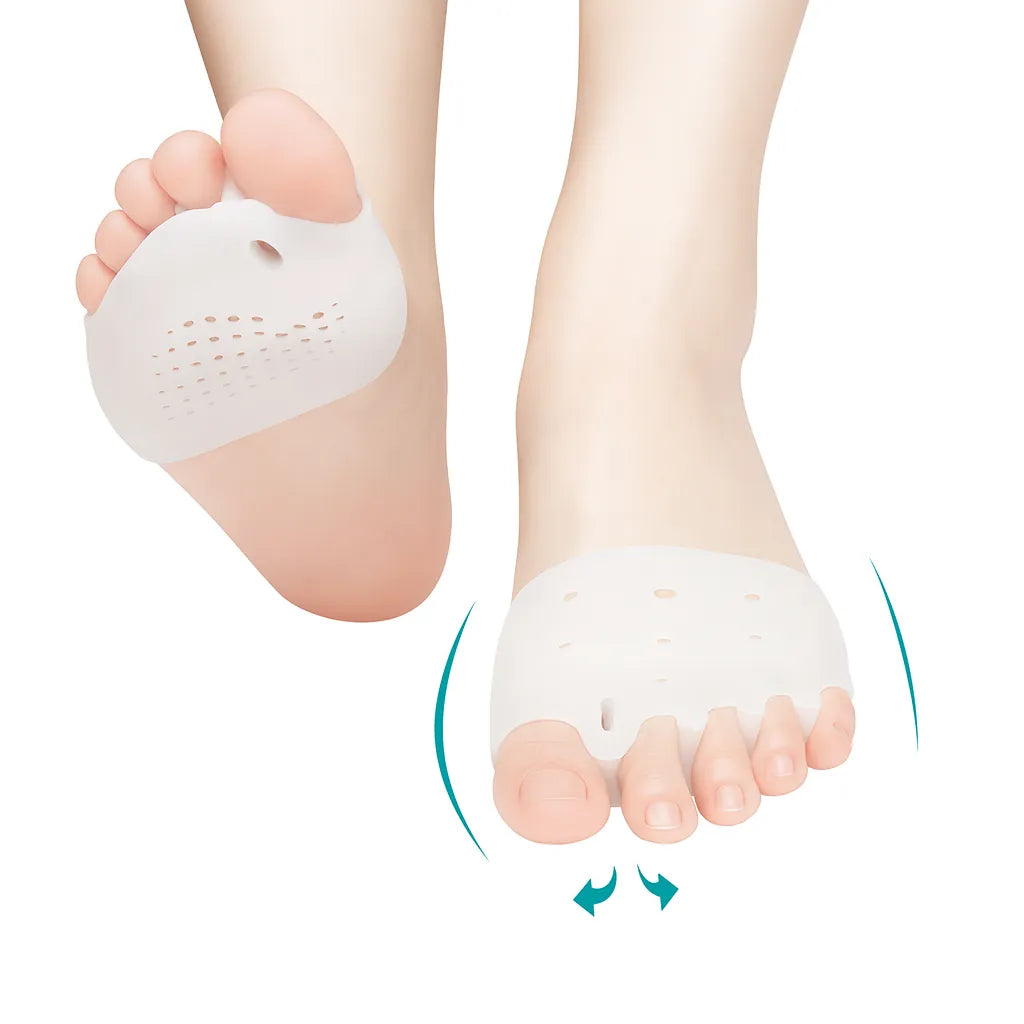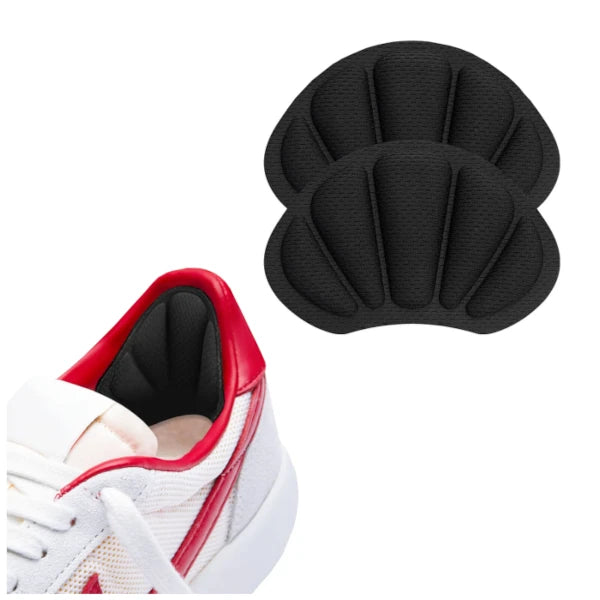
Foot Pain and Your Lifestyle: How Your Activities Affect Your Feet
Share
Preventing Foot Pain: Why and How Your Lifestyle Choices Matter
Chronic foot pain can be a real problem, impacting our daily lives and hindering our mobility. But have you ever stopped to consider how your lifestyle choices might contribute to this discomfort? The truth is, the activities we engage in on a regular basis can have a significant impact on the health of our feet. Whether it's spending long hours on your feet, participating in high-impact sports, or wearing ill-fitting shoes, these habits can lead to issues such as inflammation, aches, and even wounds.
Sedentary Lifestyle: Dangers and Effects on Foot Health
A sedentary lifestyle, characterized by long periods of sitting and minimal physical activity, can have detrimental effects on foot health. When we spend most of our time in a seated position, our feet are deprived of the movement and exercise they need to stay healthy. This lack of physical activity can lead to weakened foot muscles and poor circulation, increasing the risk of foot problems.
Prolonged sitting contributes to foot pain and discomfort. Without regular movement, the muscles in our feet become weak and lose their ability to support our body weight effectively. This can result in arch collapse or flat feet, leading to conditions such as plantar fasciitis or tendonitis. A sedentary lifestyle often goes hand-in-hand with poor posture, which can further exacerbate foot pain.

The reduced blood flow caused by prolonged sitting can also contribute to foot problems. When we sit for extended periods without movement, blood circulation becomes sluggish, increasing the risk of blood clots forming in the lower extremities. These clots can obstruct blood flow and cause swelling or pain in the feet.
Importance of Staying Active for Healthy Feet
The consequences of leading a sedentary lifestyle
Let's explore why staying active is essential for keeping your feet healthy and pain-free.
When you lead a sedentary lifestyle, it can contribute to various foot conditions that can cause discomfort and pain, such as plantar fasciitis and Achilles tendonitis. These conditions often result from overuse or repetitive strain on the feet. Without proper movement and exercise, the muscles, tendons, and ligaments in your feet become weak and less flexible, making them more susceptible to injury as well as other structures of your body.
Another consequence of inactivity is reduced blood flow to the lower extremities, including your feet. Lack of movement hinders proper circulation and can lead to swollen feet or blood clots. When blood doesn't circulate efficiently, fluid tends to accumulate in the feet and ankles, causing them to swell. Prolonged swelling can be uncomfortable or painful and may even affect your mobility.
The benefits of physical activity
Therefore, regular physical activity is key to promoting healthy feet. Engaging in exercise not only strengthens the muscles in your feet but also improves flexibility and enhances overall foot function. Incorporating physical activity into your daily routine can significantly contribute to better foot health.
Finding ways to incorporate physical activity into your daily routine doesn't have to be complicated. Here are some simple yet effective ways to promote healthy feet through exercise:
- Take brisk walks during breaks at work or school.
- Participate in low-impact activities like swimming or cycling.
- Perform calf raises by standing on tiptoes and then lowering back down.
- Try stretching exercises recommended by a physiotherapist or podiatrist.
Taking short breaks from sitting every hour to stretch your legs and move around can also help improve circulation and prevent muscle weakness.
Remember that everyone's fitness level and preferences may vary, so choose activities that you enjoy and can sustain long-term.
Strengthening Foot Muscles and Improving Flexibility
When you engage in activities like walking, running, or participating in sports, you are actively working the muscles in your feet. This helps to strengthen them over time, making them more resilient and less prone to injuries. Strong foot muscles also provide better support for the arches of your feet, reducing the risk of developing flat feet or other related conditions.
Additionally, engaging in exercises that specifically target the muscles in your feet—such as toe curls or ankle rotations—can help strengthen them and promote better overall foot health.

Besides strengthening foot muscles, regular exercise improves flexibility in the feet. This increased range of motion allows for better shock absorption while walking or running, reducing stress on the bones and joints of your feet. Improved flexibility also helps prevent common foot problems such as plantar fasciitis.
Remember: staying active is not only beneficial for your overall well-being but also essential for maintaining healthy feet!
Embracing an Active Lifestyle for Optimal Foot Health
In conclusion, it is clear that leading a sedentary lifestyle can have detrimental effects on your foot health. However, by embracing an active lifestyle, you can significantly improve the condition of your feet and overall well-being. Physical activity helps to strengthen the muscles in your feet, increase circulation, and promote flexibility. It also reduces the risk of developing common foot problems such as plantar fasciitis and bunions.
So, what are you waiting for? Lace up your shoes and get moving! Incorporate activities like walking, jogging, dancing, or even trying out a new sport into your daily routine. Remember, just as a car needs regular exercise to keep its engine running smoothly, our feet need regular movement to stay healthy. By taking care of your feet through physical activity, you will not only prevent pain and discomfort but also enhance your quality of life.
FAQs
Can physical activity help relieve foot pain?
Yes! Engaging in regular physical activity can actually help alleviate foot pain. Exercise strengthens the muscles in your feet and increases blood flow to the area, reducing inflammation and promoting healing. However, it's important to start slowly and gradually increase intensity to avoid exacerbating any existing conditions.
What types of exercises are best for foot health?
Low-impact exercises such as walking, swimming, cycling, yoga, and Pilates are excellent choices for maintaining optimal foot health. These activities provide gentle yet effective conditioning for the muscles in your feet without putting excessive strain on them.
How often should I engage in physical activity for my feet?
To maintain good foot health, aim for at least 30 minutes of moderate-intensity exercise most days of the week. This can be broken down into shorter sessions throughout the day if needed. Remember to listen to your body and rest when necessary.
Are there any specific shoes I should wear for physical activity?
Investing in proper footwear is crucial for foot health during physical activity. Look for shoes that provide adequate support, cushioning, and stability for your specific activity. It's also important to ensure a proper fit and replace worn-out shoes to avoid discomfort and injuries.
Can physical activity prevent foot problems in the future?
Yes! Regular physical activity can help prevent various foot problems by strengthening the muscles, improving flexibility, and maintaining healthy blood flow to the feet. By keeping your feet active and strong, you reduce the risk of developing conditions like plantar fasciitis, Achilles tendonitis, and bunions.
Should I consult a healthcare professional before starting an exercise routine?
If you have any existing foot conditions or concerns about your foot health, it's always a good idea to consult with a healthcare professional before starting a new exercise routine. They can provide personalized guidance based on your specific needs and help you make informed decisions regarding your foot health.
Can I still engage in physical activity if I have chronic foot pain?
While it's essential to listen to your body and not push through excessive pain, many individuals with chronic foot pain can still participate in modified forms of physical activity.
Author Bio

Inês Pinheiro
Certified Physiotherapist for Shoulder and Knee Injuries
Inês is a skilled physical therapist with a special interest and extensive experience in working with athletes, specifically football players and also neurologic patients.













